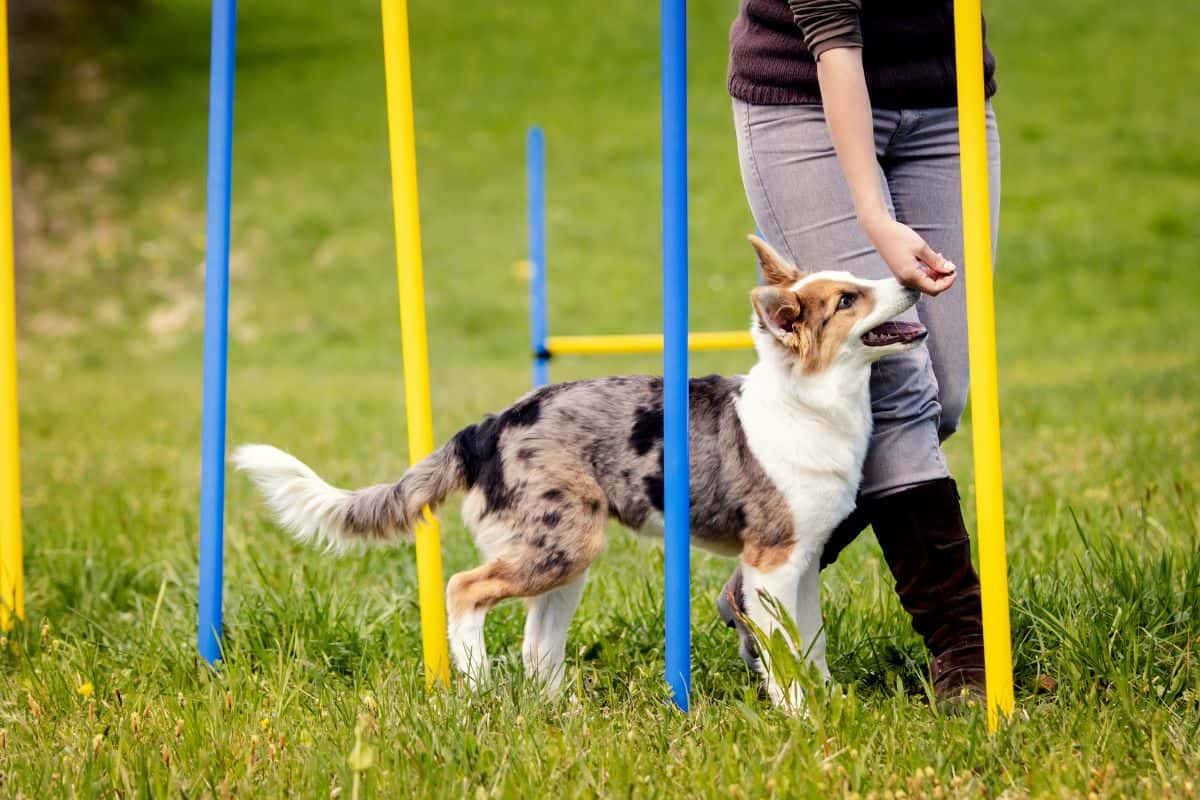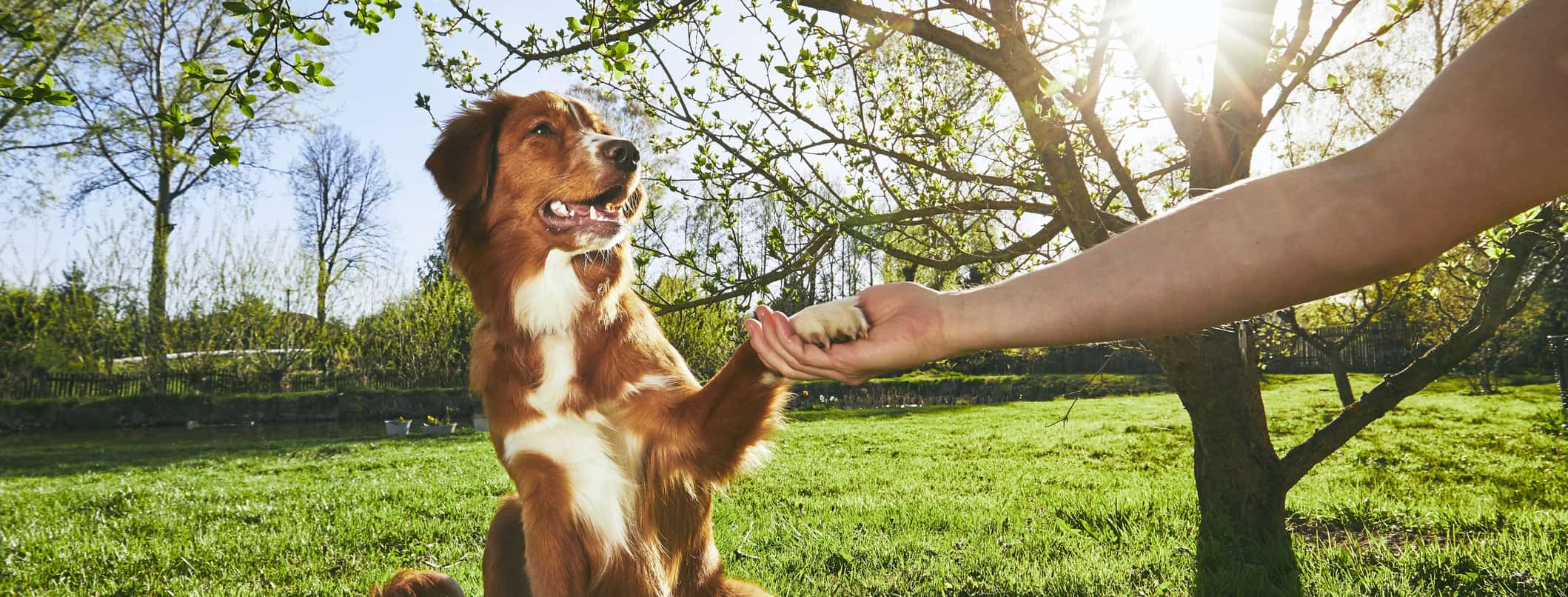Important Tips for Successful Dog Training: An Overview for Pet Owners
Efficient canine training is a multifaceted procedure that calls for a strategic strategy tailored to both the family pet's personality and the proprietor's goals. Comprehending just how to browse these obstacles can dramatically boost the training experience, inevitably changing the partnership between proprietor and pet dog.
Recognizing Dog Habits
Comprehending pet dog behavior is important for reliable training and cultivating an unified relationship in between canines and their proprietors. dog training. Pet dogs interact mostly via body language, articulations, and actions, making it important for proprietors to interpret these signals accurately.

Socializing plays a substantial duty in pet behavior; direct exposure to various settings, individuals, and various other pets can considerably impact a dog's personality. Additionally, elements such as type qualities and specific temperament need to direct training approaches, as some breeds might have certain behavioral qualities that demand tailored methods. By understanding these elements, proprietors can develop a helpful atmosphere that encourages positive behavior, leading to effective training results and a much deeper bond with their family pets.
Establishing Constant Commands
Effective interaction with your pet starts with developing constant commands. This fundamental component of training is important for fostering understanding between you and your animal. Consistency in the commands you use makes certain that your canine can reliably associate particular words or expressions with the desired habits.
When selecting commands, pick clear, distinctive words that are easy to set apart and say from one another. Prevent utilizing similar-sounding commands that may perplex your pet dog. Making use of "sit" and "remain" is ideal, however "sit" and "struck" might lead to misunderstandings.
Furthermore, keep the very same tone and volume for each command. Canines are sensitive to singing cues, so varying your tone can develop complication.
It is equally important to guarantee that all relative are on the exact same page concerning the commands used. A united front in command usage will protect against blended signals and strengthen the learning procedure.
Positive Support Methods
The power of positive support in pet training hinges on its capability to encourage desired actions via benefits and praise. This technique is grounded in the principle that habits adhered to by favorable results are most likely to be duplicated. By incorporating favorable reinforcement right into your training routine, you can effectively form your pet dog's behavior in a constructive way.
To implement positive support, it's vital to identify what encourages your pet dog, whether it be deals with, playthings, or verbal appreciation. When your canine executes a desired action, why not find out more such as resting on command, quickly award them with a reward or love. This organization in between the command and the positive result strengthens their understanding.
It's critical to timing the rewards properly; providing the support within seconds of the desired behavior aids your canine make the connection (dog training). Furthermore, uniformity is key-- make certain that all relative utilize the same commands and incentive systems to stay clear of confusion

Slowly, you can lower the regularity of treats as Continued your pet dog finds out the behavior, transitioning to commend or recurring incentives. This approach not only fosters a strong bond between you and your pet dog however likewise advertises a favorable learning atmosphere, making training a satisfying experience for both.
Socialization and Communication
Regularly exposing your canine to a range of environments, individuals, and other pets is important for their social advancement. Socializing ought to begin early, preferably during the vital home window of 3 to 14 weeks, when young puppies are most receptive to new experiences. Older canines can additionally profit from recurring socializing initiatives.
Present your pet dog to various setups, such as parks, pet-friendly shops, and urban areas. This direct exposure helps them adapt to various stimulations, reducing anxiousness and anxiety feedbacks. Motivate favorable interactions with various other pet dogs and individuals, making sure that these experiences are safe and regulated to promote self-confidence.
Make use of structured playdates with courteous pet dogs, as this can boost your pet's social skills and instruct them ideal habits. Obedience courses and training sessions likewise offer outstanding opportunities for socializing, permitting your dog to interact with others in a supervised environment.
Display your pet's body movement throughout interactions, as this will help you evaluate their convenience level. Progressively increase exposure to even more tough scenarios while ensuring that each experience is favorable. A well-socialized canine is much more likely to display balanced habits, making them a pleasure to Going Here have in any kind of setup.
Addressing Typical Training Difficulties
Every dog proprietor will certainly encounter training obstacles eventually, no matter of their pet's age or socialization degree. Recognizing common concerns such as stubbornness, diversions, and fearfulness can aid in developing reliable methods for enhancement.

Slowly introduce diversions as the pet comes to be much more skilled in commands. Short, regular training sessions are additionally efficient in maintaining attention.
Fearfulness can impede a dog's knowing process. Progressive desensitization to the resource of fear, coupled with positive reinforcement, can aid relieve stress and anxiety. Perseverance is important; never ever compel a dog right into a situation that triggers distress, as this may intensify the concern.
Ultimately, understanding and addressing these common difficulties with a structured technique will promote an extra effective training experience, reinforcing the bond in between pet and proprietor while promoting efficient understanding.
Verdict
In recap, effective pet training counts on a detailed understanding of canine habits, the establishment of regular commands, and the application of favorable reinforcement methods. Socializing plays an essential duty in establishing well-adjusted pet dogs, while dealing with common training challenges needs persistence and versatility. By implementing these essential techniques, animal proprietors can foster a strong bond with their dogs and promote desirable habits, eventually leading to a harmonious connection in between people and their canine friends.
Recognizing pet habits is necessary for reliable training and promoting a harmonious partnership between pooches and their owners.Socializing plays a considerable role in dog behavior; exposure to different atmospheres, people, and other animals can considerably affect a pet dog's character.The power of favorable reinforcement in dog training exists in its ability to urge desired habits with benefits and praise. By including favorable support right into your training routine, you can properly form your canine's behavior in a constructive manner.
In recap, successful pet dog training relies on a detailed understanding of canine actions, the establishment of constant commands, and the application of positive reinforcement methods.